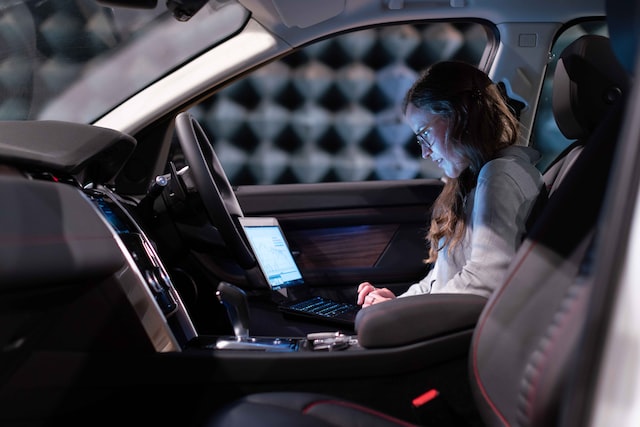Identifying and Preventing Malware Attacks on Autonomous Vehicles
Category : Automation Technology
As autonomous vehicles (AVs) continue to gain popularity, the potential threat of malware attacks on these systems has become a major concern for the industry. In this blog post, we will explore the various types of malware attacks that can target AVs and discuss ways to identify and prevent such attacks.
One of the most common types of malware attacks on AVs is known as a “remote code execution” attack. This type of attack allows an attacker to execute arbitrary code on an AV’s system by exploiting vulnerabilities in the vehicle’s software or hardware. These attacks can be carried out through a variety of means, such as sending malicious code via a wireless network or exploiting a vulnerability in the AV’s communication system.
Another type of malware attack that can target AVs is known as a “denial of service” (DoS) attack. In a DoS attack, an attacker floods an AV’s system with a large amount of traffic, causing the system to become overwhelmed and unable to function properly. This type of attack can have serious consequences, as it can disrupt the normal operation of an AV, potentially leading to accidents or crashes.
To identify and prevent malware attacks on AVs, it is essential to have robust security measures in place. One key step is to perform regular software updates and patches on AV systems to fix known vulnerabilities. Additionally, it is important to have a robust intrusion detection and prevention system (IDPS) in place to detect and block malicious traffic.
AVs use a variety of sensors to gather data about the vehicle and its environment, such as cameras, LiDAR, and radar. To prevent malware attacks on these sensors, it is important to secure the communication between the sensors and the AV’s control system using secure protocols such as HTTPS and SSL. Additionally, it is important to implement security measures such as encryption and authentication to protect the data collected by the sensors from being intercepted and modified by an attacker.
Another important aspect of preventing malware attacks on AVs is to ensure the security of the AV’s communication system. AVs rely on wireless networks such as cellular networks, WiFi, and V2V (vehicle-to-vehicle) communications to exchange data with other vehicles and infrastructure. To secure these communication channels, it is important to use secure protocols such as HTTPS, SSL, and TLS. Additionally, it is important to implement security measures such as encryption and authentication to protect the data exchanged between AVs and other systems.
In conclusion, the threat of malware attacks on AVs is a growing concern for the industry. By understanding the various types of malware attacks that can target AVs and implementing robust security measures, it is possible to identify and prevent such attacks, ultimately ensuring the safe and reliable operation of these vehicles. It’s important for the industry to stay informed and adapt to the changes in technology and threat landscape to ensure the safety and security of autonomous vehicles.


Recent Comments